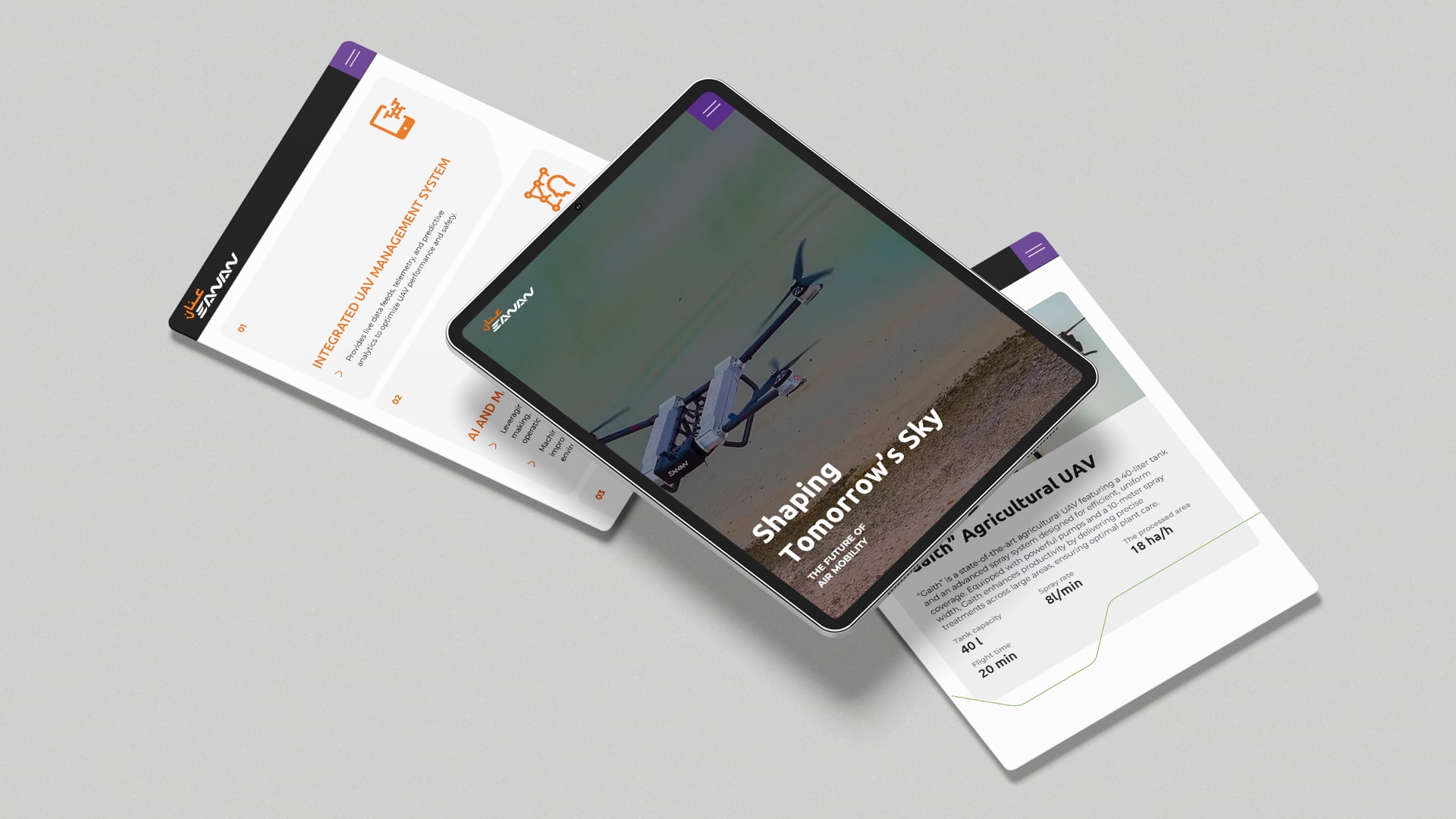In today’s digital era, everything is fast and mobile users expect speed as well. However, many websites have slow loading pages on mobile devices. Slow loading doesn’t just frustrate your visitors, but it can negatively affect how Google crawls and indexes your website.
If you’re wondering if mobile page speed affects SEO, it does. Slow speeds on mobile absolutely affect your rankings, Core Web Vitals, and how your web pages display in GSC. In this research, we will explain why page speed is relevant, how you can find problems, and how you can fix slow loading web pages on your site.

Why Does Mobile Page Speed Affect SEO?
Google has stressed user experience as a ranking signal for many years—and user experience is primarily speed. Since Google is now rolling out mobile-first indexing, they are looking primarily at your mobile site to crawl and rank rather than your desktop site.
In other words, if your site is slow on mobile, you are showing Google a bad version of your site.
So from an SEO perspective, does mobile page speed impact SEO-related metrics? Absolutely, it affects:
- Crawl frequency: It takes longer for your site to be fetched if it’s slow, making crawls less efficient.
- Indexing: If a site is slow, Google may not index your page (timed-out) or index it with lots of incomplete content.
- Ranking: Slow pages and poor user experience contribute to higher bounce rates and lack of engagement signals.
- Conversions: People will abandon your page if it loads in more than 3 seconds.
In short, speed matters more than just comfortable browsing—speed can be the difference-maker.
How GSC Mobile Indexing Tracks Slow Loading Pages
Google Search Console (GSC) has become an invaluable diagnostic tool for webmasters tracking mobile performance. Through GSC mobile indexing, you can see how Google views your mobile pages and if they are up to snuff from a technical perspective.
Both Core Web Vitals and Page Experience reports highlight metrics for mobile performance. You likely find mobile loading pages flagged as “Poor URLs” or “Needs Improvement.” These are some reports that speak to performance metrics such as –
- Largest Contentful Paint (LCP) which is the time it takes to render its primary content.
- First Input Delay (FID) refers to the time the site takes to respond to the first user interaction.
- Cumulative Layout Shift (CLS) means Visual stability while the page loads.
These metrics directly affect how your site performs in search and whether it is indexed efficiently.
How to Identify and Analyse Slow Mobile Loading Pages
To find out what is causing your mobile pages to underperform, begin by conducting a technical SEO audit – this will help isolate the bottlenecks specifically affecting your speed and indexing.
Utilize PageSpeed Insights and Core Web Vitals.
Google’s PageSpeed Insights is an extremely useful tool to use for performance testing. Not only do they grade your mobile site, but they will also point out some pagespeed insights core web vitals guidance or improvement suggestions that you should prioritise.
You will want to look at:
- Heavy image payloads
- Render-blocking JavaScript and CSS
- Server response time
- Unused third-party scripts
- Compare with GSC Reports
Now that you’ve found problems, check the problem page against the Core Web Vitals report in GSC, and be sure to match up the correlation – you want to make sure you are fixing the actual pages Google is struggling to index.
Proven Ways to Fix Slow Mobile Loading Pages
Let’s move from diagnosis to action. Here’s how to fix slow loading web pages and boost both your SEO and indexing performance.
1. Optimize image and media files
For large image files, ensure you are using newer formats (such as WebP, AVIF) and compress the files so that quality is not sacrificed.
Also, lazy-load offscreen images so they only load when needed.
Finally, ensure hero banners are appropriately sized for mobile screens.
2. Minimize JavaScript and CSS
Heavy scripts are one of the more common problems when dealing with slow mobile loading pages. Consider removing any plugins you do not need and inline CSS that you do not use.
Finally, defer or async-load non-critical JS to improve render time.
3. Improve server and hosting performance
Even with the best on-page optimizations, some server response times might be too high to be effective. Consider a faster hosting provider, caching, and enable some sort of compression technology (such as GZIP and Brotli).
Also, if you have a global audience, you might consider using some sort of content delivery network (CDN) which will help with latency.
4. Focus on mobile Core Web Vitals fixes first
For mobile Core Web Vitals fixes, you might want to focus on the following:
Reducing the LCP to under 2.5 seconds
Decreasing your FID to under 100 milliseconds
Keeping the CLS under 0.1.
While the metrics might seem technical, they mean fast render times, smooth interactions, and improved ranking.
5. Review your mobile-first design and layout
Design also plays a role. A layout that is too complex and/or elements that are too large will cause pages to load more slowly. Having a clean and lightweight mobile design will help with loading times while also contributing to a better user experience
Common Causes Behind Slow Mobile Speed
It is important to know what typically triggers performance slowdowns, despite all of the fixes you may have put in place.
Technical Bottlenecks
- An excessive amount of animations or video backgrounds
- Render-blocking CSS or JS files
- Too much tracking pixels or third-party widgets
Design-Related Issues
- A non-responsive layout that is too wide for all screen sizes
- Large hero images, or fonts not designed for mobile
- Duplicated content blocks that increase the size of the page
All of these slowdowns are the basis for GSC metrics, impacting how quickly pages are indexed and overall decreasing performance signals. The bottom line remains the same: does mobile page speed impact SEO? The answer is absolutely it does—it is one of Google’s top indicators of quality.
Monitoring and Maintaining Your Mobile Performance
Speed optimization is not a one-and-done task; it is a continuous effort. Keep an eye on GSC mobile indexing reports and Core Web Vitals to maintain a healthy site over time.
Routine Checks
- Set up monthly audits with either PageSpeed Insights or Lighthouse.
- Monitor server uptime and response times.
- Set up performance alerts within Google Analytics or through third-party tools.
Staying Proactive
Each time you add a new feature or change the layout of the website, make sure you check your Core Web Vitals again. Regularly testing your site prevents you from running into issues of slowly loading web pages in the future.
Pro tip: Consider backing to an earlier version of your site if you make any big changes to your site, you may want to consider doing a backup of your site’s initial changes—just in case the speed completely drops.
Integrating Mobile Speed Fixes into Your SEO Strategy
Optimizations in speed should not exist in a vacuum; they should align with your broader SEO strategy.
When you improve the Core Web Vitals mobile metrics, you are improving crawlability, user engagement and ranking opportunity at the same time. This also supports your site’s readiness to be indexed by Google as a mobile-first index, ensuring your pages are discoverable as Google algorithms change year to year.
Plus, there is less ad costs, improvement in conversion rates and brand legitimacy in a well-optimised mobile experience.
Advanced Optimisation Techniques
For organizations which already have done the fundamentals, you might consider these advanced alternatives:
- Preload crucial assets: Utilize to give priority to important resources.
- Code splitting: Deliver only the necessary scripts for each page.
- Progressive Web Apps (PWAs): Provide app-level speed and offline functionality.
- Server-side rendering (SSR): Enable faster rendered pages for DUIs of a dynamic website.
Using one or more of these methods should maintain a speedy, responsive, and future-proof website.
When to Seek Professional SEO Support
If your website is a larger more complex website, such as a large eCommerce store, optimisation can be a technical feat. In this case, working with experts on search engine optimization services in Dubai can make all the difference.
They can run a full technical SEO audit, review your Core Web Vitals data, and build a plan of action that’s customised to your site aimed at maximising indexing and ranking performance – and it can sometimes be more cost-effective than guess work and experimentation.
Conclusion: Speed is the New Standard
Mobile speed is not optional—it is your foundation for visibility, usability, and success with SEO. Slow, mobile loading pages can negatively impact your user’s experience, indexing, and rankings, but, rest assured, all of these events are fixable. By following systematic following an optimization plan, keeping your Core Web Vitals mobile scores, and monitoring your GSC mobile indexing report, you can stay updated with search performance.
So, to re-answer the question, does mobile page speed affect SEO? Absolutely, and it is one of the easiest wins to create better rankings and happier users.
Stay fast. Stay indexed. Stay visible.
Related Post
Publications, Insights & News from GTECH








